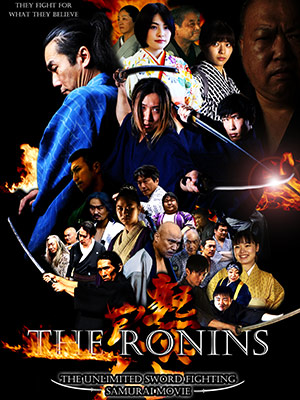Fukiya is located on the mountain of middle north western Okayama Prefecture. The altitude of the village is 550m from the sea level. Fukiya greatly developed with mining and Bengara during Edo period. It was the largest mining in Chugoku region. Bengara is red material which used widely for painting and coloring in Edo Period. It was produced from oxidized iron.
Bengara was very expensive. Therefore, the producers of Bengara and Fukiya village itself made a great fortune. In the main street of Fukiya remain many traditional houses which built in Edo period. Those houses took finest art and materials in Edo Period. These houses are also painted with Bengara. Bengara blinds, roofs and walls.
Katayama House
... is one of remaining Edo style houses in Fukiya. It is designated as the national important property. This house is over 200 years old. Katayama family was one of the Bengara Produce. They produced Bengara for over 200 years, and they built this house with the money they made. Today, it opens for public.
Fukiya Folk Museum
... is one of remaining Edo style houses in Fukiya. It was built in 1874 by Shrine Carpenter, Shimada Tsunekichi. Therefore is no nail used in this house. It was 2nd house of Katayama Family. Because Katayama was one of the richest Bengara Producer, he used the finest materials and art at that time. It's open public today.
Hirokane House
... was built in the end of Edo period. Hirokane Motoharu, the 2nd owner of Bengara factory, spend a tremendous amount of his family fortune to built giant house and his private Stone walls.
Bengara Museum
... is restored plantation of Bengara Factory. This factory was used until 1974 by Tamura family. Bengara production was started in 1707. This Bengara Museum shows the process of making Bengara from oxidized iron.
Sasaune Copper Mining
... was found in 807. Many Sengoku Daimyo, the feudal lords fought for the right and interest of this mining. In Edoperiod, it was directly owned by Tokugawa Government.







